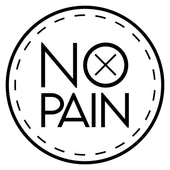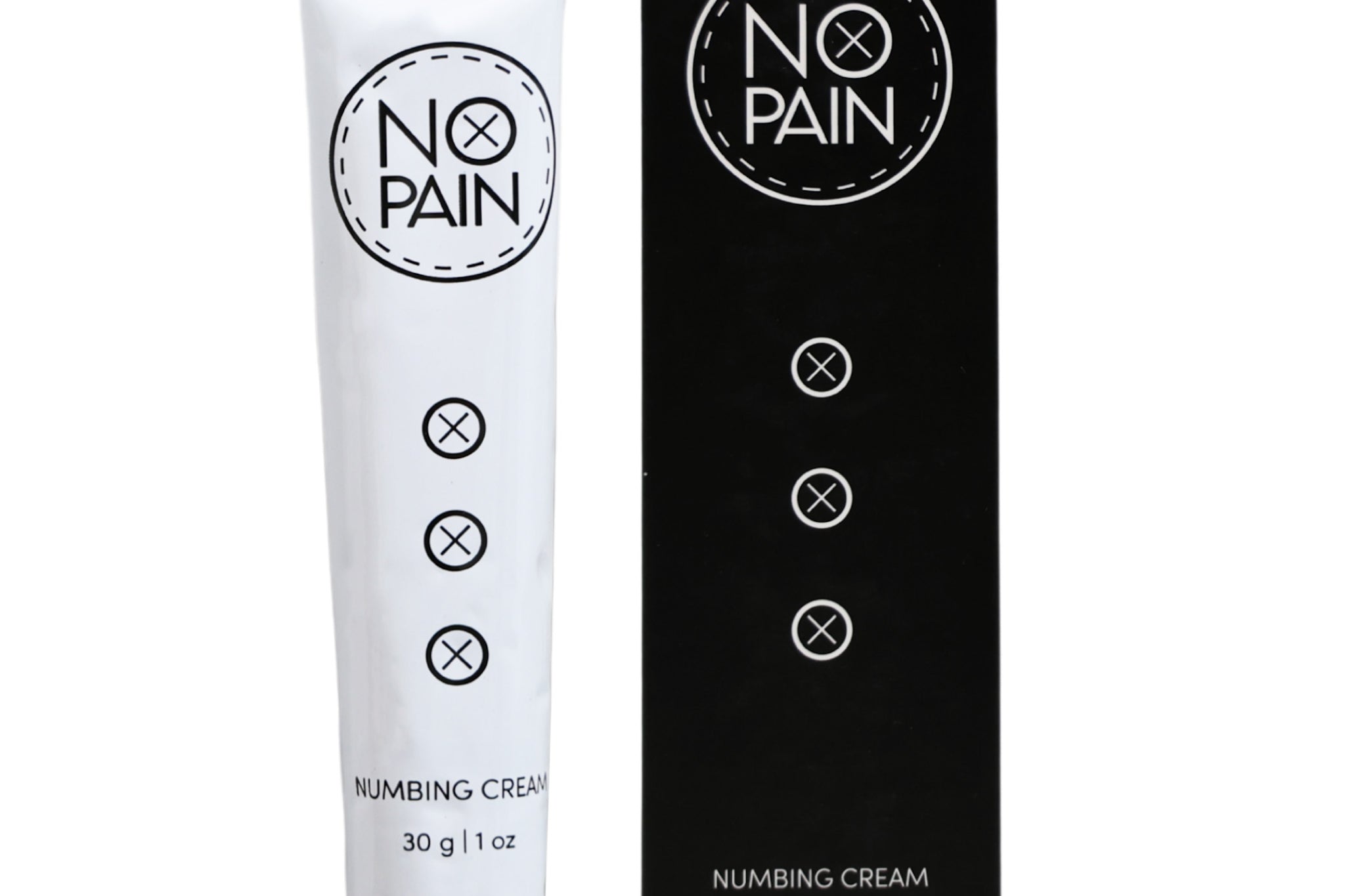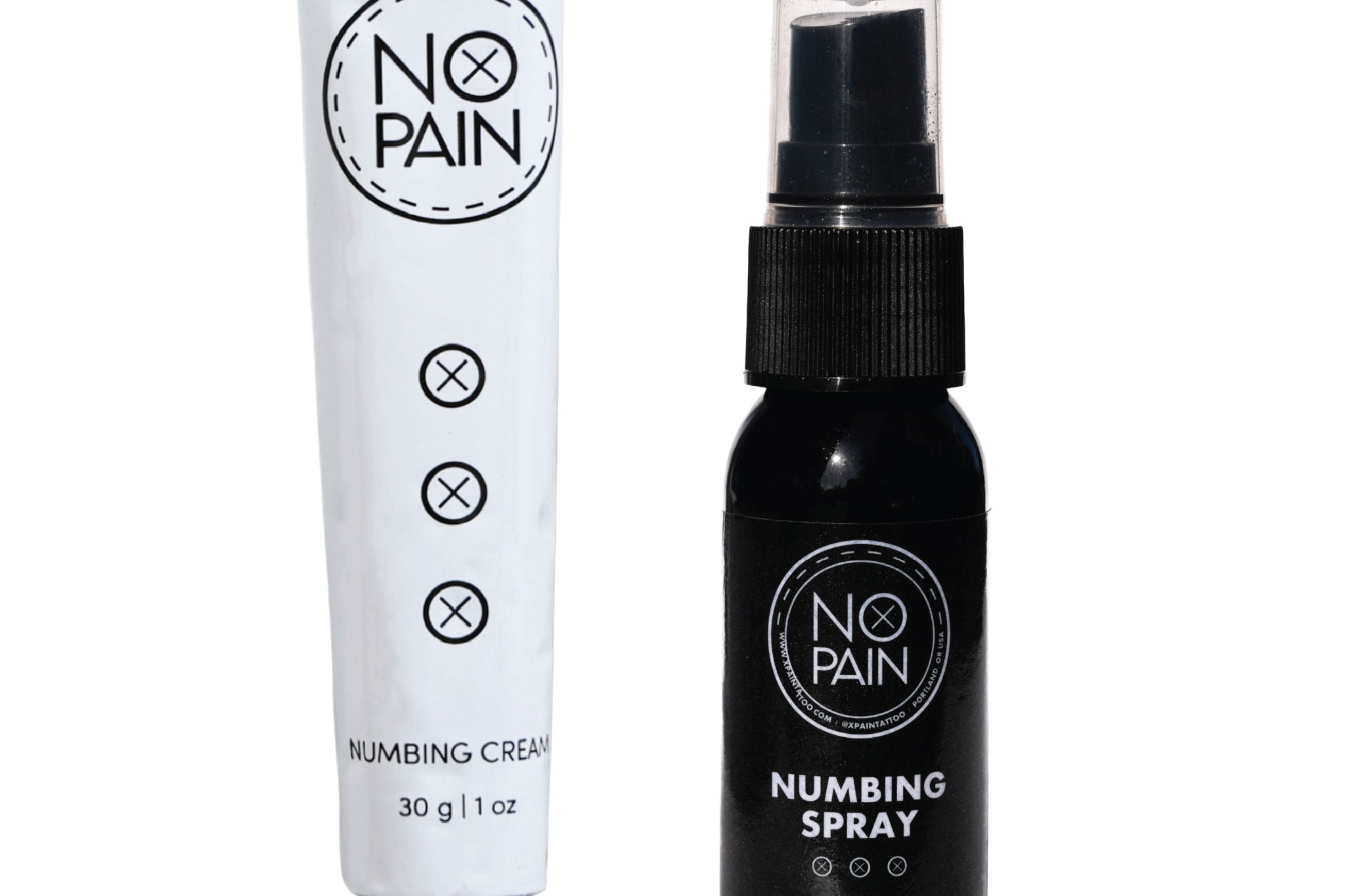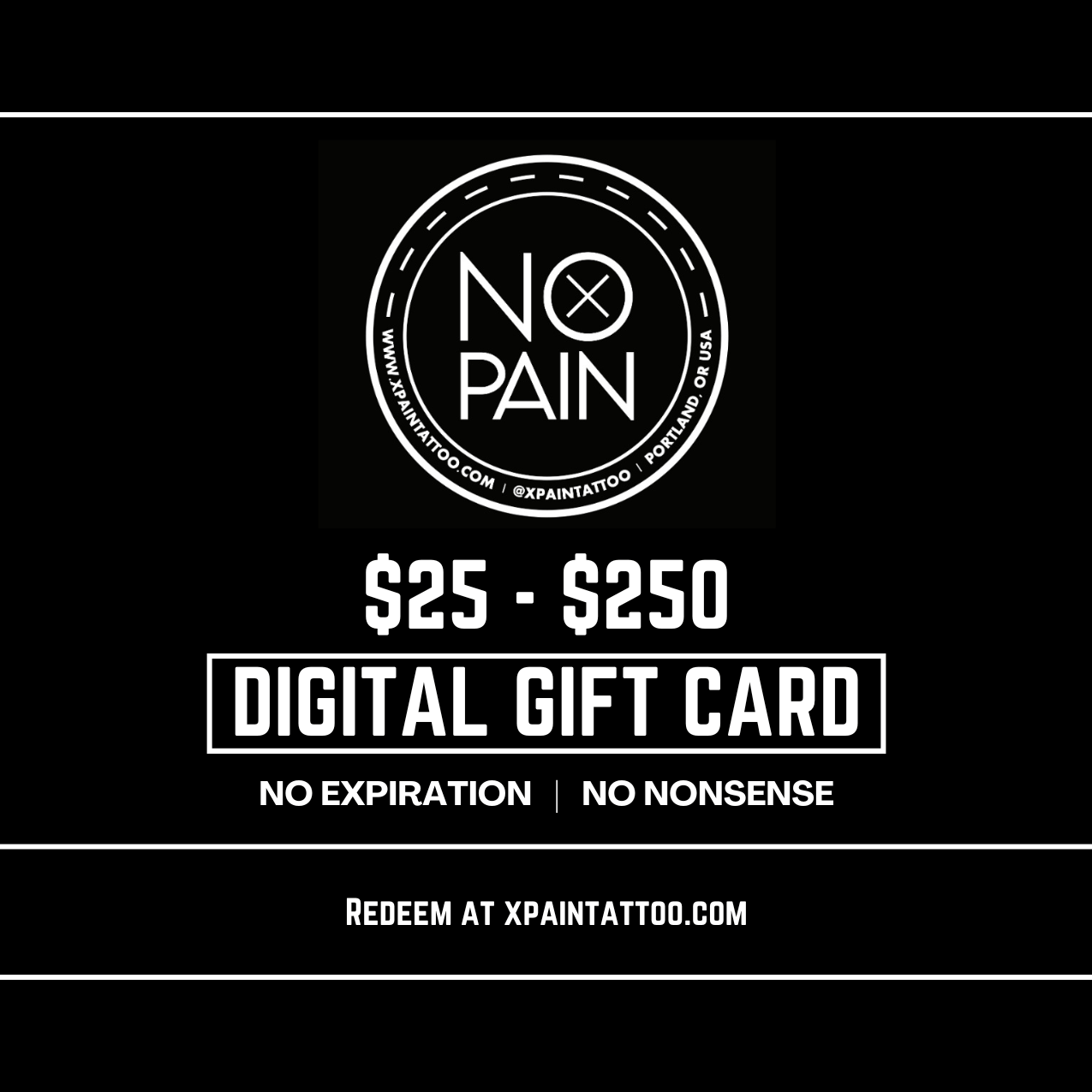Words are powerful. They can capture a memory, a philosophy, a name, or a feeling in a way that no image can. It's no surprise that script and lettering tattoos are one of the most timeless and deeply personal forms of body art. From a single, impactful word to a flowing, poetic verse, a lettering tattoo turns your skin into a storybook.
But creating a beautiful script tattoo is far more complex than just choosing a font on a computer. It's an art form that requires a unique set of skills, an eye for design, and a deep understanding of how tattoos age. If you're thinking, "what tattoo should I get?" and leaning towards a quote or name, this is your complete guide to the art of lettering.
More Than Just a Font: The Art of Typography on Skin
When you design a tattoo based on words, the font you choose is the art. The style of the letters conveys as much emotion as the words themselves.
-
Cursive & Script: This style is elegant, personal, and flowing. It's a popular choice for names, signatures, and romantic quotes, offering a delicate and graceful look.
-
Block & Serif Fonts: Think classic, strong, and bold. Old English, traditional typewriter fonts, or clean sans-serif block letters make a powerful, high-impact statement.
-
Custom Calligraphy: This is where a true lettering artist shines. Instead of using a pre-existing font, the artist will hand-draw the lettering specifically for you, creating a one-of-a-kind piece of art that flows perfectly with your body.
Crucial Rules for a Great Lettering Tattoo
1. Legibility is King (and Size Matters)
This is the most important rule. A lettering tattoo is useless if you can't read it a few years from now. Ink naturally spreads under the skin over time. Tiny, delicate script with letters placed too close together will inevitably blur into an unreadable smudge. A skilled artist will advise you on the minimum size for your chosen font to ensure it stays crisp and legible for a lifetime.
2. Placement is Everything
The flow of the words must harmonize with the flow of your body. The right tattoo placement is critical for lettering.
-
Long, horizontal placements like the collarbone, forearm, or ribs are perfect for longer quotes.
-
Small, discreet spots like the wrist or behind the ear are ideal for a single, meaningful word.
Your artist will help you find a placement that prevents the letters from becoming distorted by the movement of your muscles.
3. You MUST Find a Lettering Specialist
Not every great tattoo artist is a great lettering artist. This is a highly specialized skill that requires an incredibly steady hand and a deep understanding of typography. When researching, look for an artist whose portfolio is filled with examples of crisp, clean, and perfectly healed script tattoos.
The Process: Pain and Precision
What does getting a tattoo feel like when it's just lines? Lettering tattoos, especially fine-line script, often involve less of the broad, burning pain of heavy shading. However, they require an incredible level of precision. Any involuntary flinch can ruin a perfectly straight line or a delicate curve.
This is where a pain management strategy is a huge asset. Using our No Pain Tattoo Numbing Cream ensures you can stay perfectly still, giving your artist the stable canvas they need to pull flawless, single-pass lines. This is the secret to getting the sharpest possible result.
Aftercare: Protecting Every Letter
How to care for a new tattoo with fine lettering is critical. A bad heal with heavy scabbing can easily pull out small pieces of a thin line, making a word look incomplete.
-
A professional aftercare system is the best way to protect your investment. Our No Pain Tattoo Aftercare Bundle provides the gentle Cleansing Foam and nourishing Aftercare Balm needed to ensure every single letter heals perfectly and stays crisp.
The Verdict: A lettering tattoo is a beautiful way to wear your story on your skin. By choosing a skilled specialist, respecting the rules of size and placement, and committing to a flawless aftercare routine, you can ensure your words will remain clear and powerful for a lifetime.





